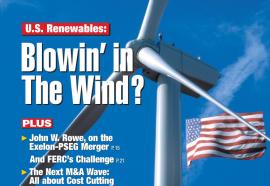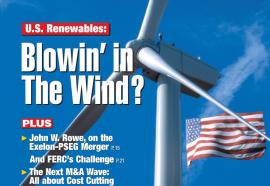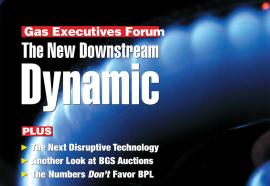The Ultimate CEOs
The CEO Power Forum: Not all utility CEOs are created equal...
We talk with Cinergy’s James E. Rogers, DTE Energy’s Anthony F. Earley Jr., Constellation Energy’s Mayo A. Shattuck III, Xcel Energy’s Wayne H. Brunetti, FPL Group Inc.’s Lewis Hay III, and TXU’s C. John Wilder.











